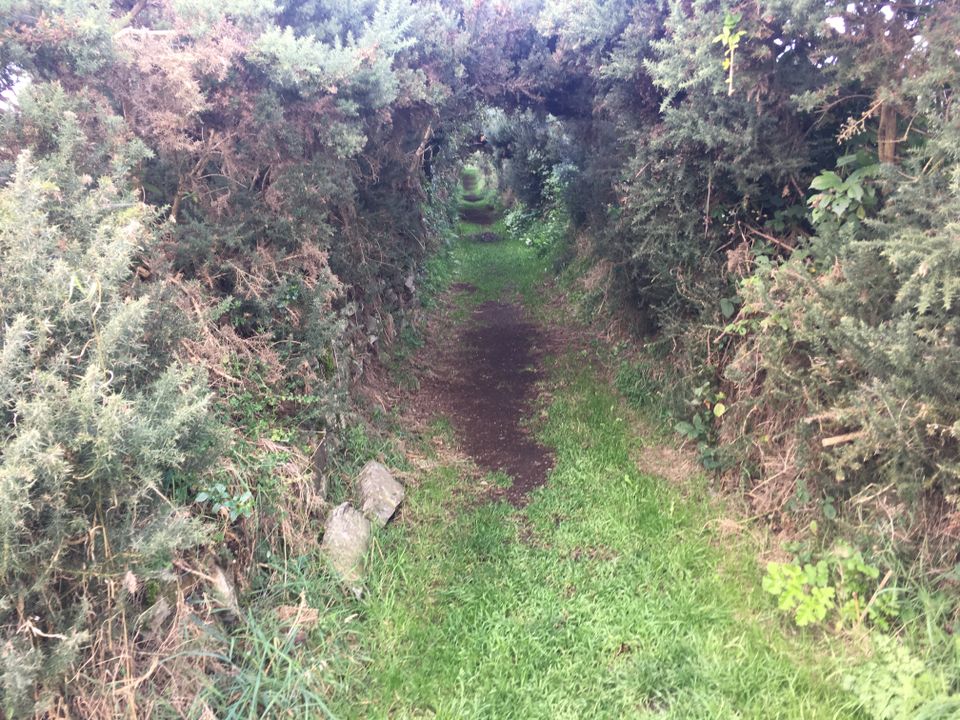Three paths

From where you are now, a journey begins with movement in a direction. You may not know where you are going, how you will get there, or what you may do along the way, but it starts is nothing more than going somewhere other than your current location.
Nearly every child I have ever known, who has been faced with a long car ride, will begin it with joy, as the destination to which they are headed is foremost in their mind. As the journey drags along, the joy erodes as the destination appears so far away that it will never arrive. This is the first view of the path.
As we age, many of us gain a new appreciation for the journey, finding waypoints and places of interest along the way. We meet people who live in those places or are on similar journeys as ourselves. The journey can be as pleasurable as the destination. This is the second view of the path.
Others, and likely the smallest group, become enamored with the act of movement itself. Where you are going and how you are traveling are less important than the motion. This is the third view of the path.
Because a large number of us begin with the first view of the path, then develop into the second view of the path as we age, the thought that the destination is the important thing can seem a childish preocupation. We tell our young ones to enjoy the journey, because they have no way to escape it. We plant in their minds that the second path is a more mature viewpoint than the third.
For those who select the third view of the path, they have often progressed thru both the prior views earlier in their lives, before arriving here. The temptation is to look back on those with the first two views and feel as if you have become enlightened beyond their viewpoint. This bias can unknowingly creep in, as it was established during the transition between the first and second views.
All are viewing the path, but our responses reflect only our view of the journey, not a commentary on our character or growth. All can experience joy along the way. The first view can find joy in anticipation of the destination, the second in the pitstops along the way and the third through the act of movement. All can experience pain as well. The first by focusing on the journey's length, the second by finding no (or the wrong) stops and the third from within the body as it moves.
It may be that there are more paths than just these three. An argument may be made that there is no journey, that each instant is a separate snapshot, unrelated to any other moment, except for a false sense of continuity provided by our limited minds. Another view could be that there is no path, but that we merely wander aimlessly, with our minds making up a path that does not exist.
Even defining each of these views as separate can lead to a mistaken understanding of the gradients that can exist between them, especially from the viewpoint of a messy human mind. Can a person not look forward to the destination, enjoy the stops along the way and participate fully in the journey, all at once? Can one also appreciate the other views while in them, focusing wholly there, while also adopting the other views during those stages of the journey?
Journeys are complex in their simplicity. What seemed like, as a child, a simple thing, is in fact more complex, the more we investigate it. Enjoy your next journey, regardless of where you are going, what you do on the way or the way in which you travel.